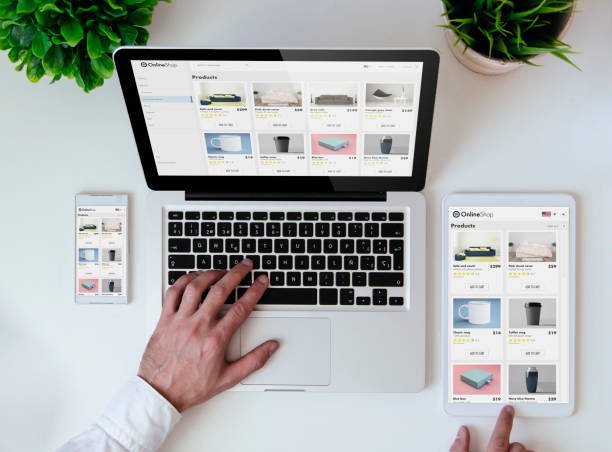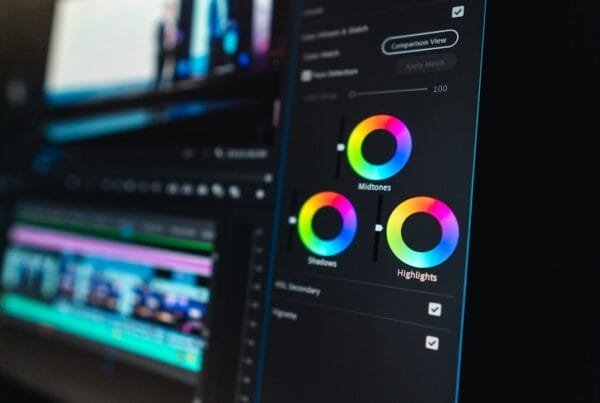When most people think of “accessibility,” they picture wheelchair ramps or braille signs. But in today’s digital-first world, accessibility also applies to your website — and if your site isn’t inclusive, it could be costing you visitors, reputation, and even legal trouble.
What Is Website Accessibility?
Website accessibility means your site can be used by everyone — including people with disabilities like vision impairment, hearing loss, cognitive conditions, or limited motor skills. An accessible website removes barriers that prevent users from navigating, interacting with, or understanding your content.
Why It Matters
1. It’s the Law
Businesses are increasingly being sued under the Americans with Disabilities Act (ADA) for websites that aren’t accessible. Your digital storefront is considered a public space — and just like your physical office, it needs to be inclusive.
2. You Expand Your Audience
An estimated 1 in 4 U.S. adults lives with a disability. By ignoring accessibility, you’re potentially excluding 25% of your audience from engaging with your brand.
3. Improved SEO and Usability
Google rewards sites that follow accessibility best practices — like clear headings, proper contrast, and fast load times. Accessibility improvements often boost SEO and make your site easier for all users to navigate.
4. You Show You Care
An accessible website signals that your business is thoughtful, inclusive, and professional. It builds trust with your audience, clients, and even future hires.
Common Accessibility Issues (And How to Fix Them)
| Issue | Fix |
|---|---|
| Poor contrast between text and background | Use high-contrast color combinations |
| No alt text for images | Add descriptive alt tags for all visuals |
| Missing keyboard navigation | Ensure users can navigate with just a keyboard |
| No captions on videos | Add closed captions or transcripts |
| Complex language or layout | Use plain language and logical content structure |
What Guidelines Should You Follow?
The Web Content Accessibility Guidelines (WCAG) provide the global standard for accessible design. Aim to meet at least WCAG 2.1 Level AA — this includes:
Text alternatives for non-text content
Logical navigation and heading structure
Sufficient color contrast
Adjustable text sizes
Keyboard-only operability
Time-based content that can be paused
Accessibility Is Ongoing, Not One-and-Done
Accessibility isn’t just a checkbox; it’s part of your website’s health and user experience strategy. Every new blog post, image, or design tweak should be checked for compliance.





